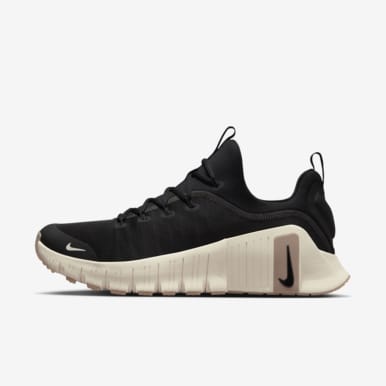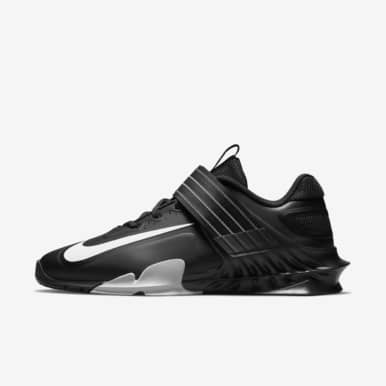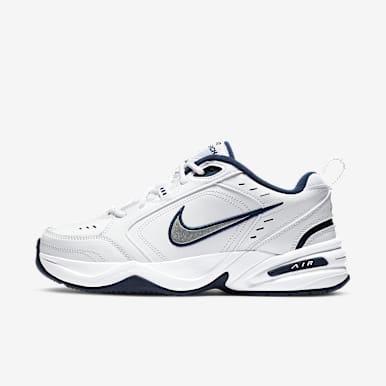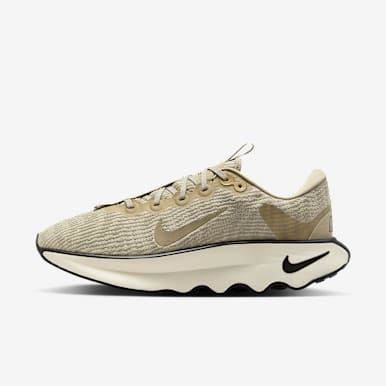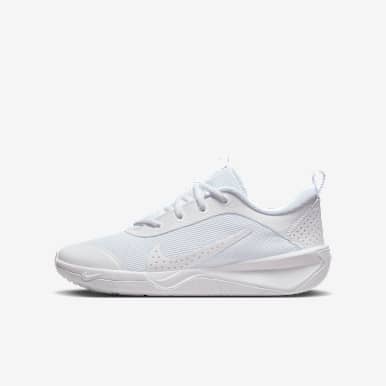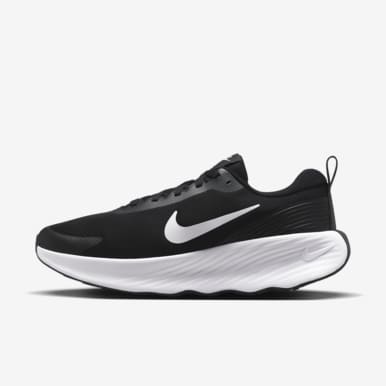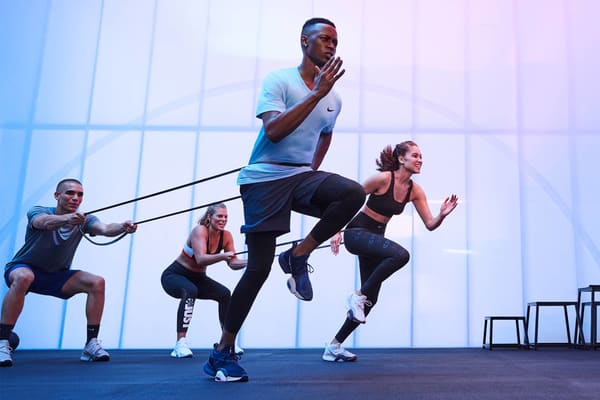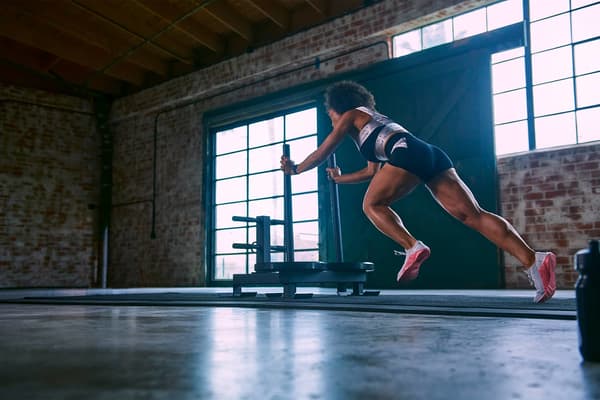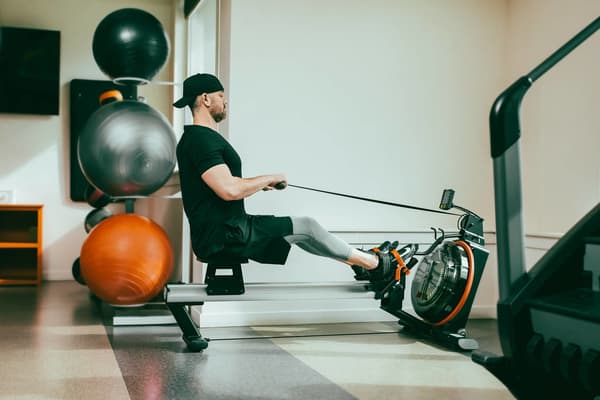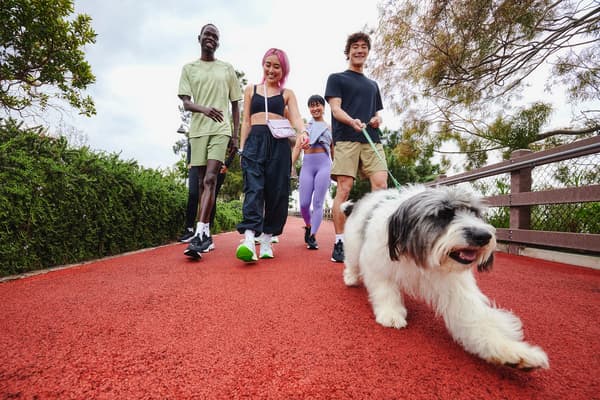The Reason Your Squats Aren't Growing Your Glutes—And How to Fix It
Sport & Activity
Squats are the holy grail for glute building. But if you're not feeling it in the glutes or getting results, it's a sign you need to adjust your approach.
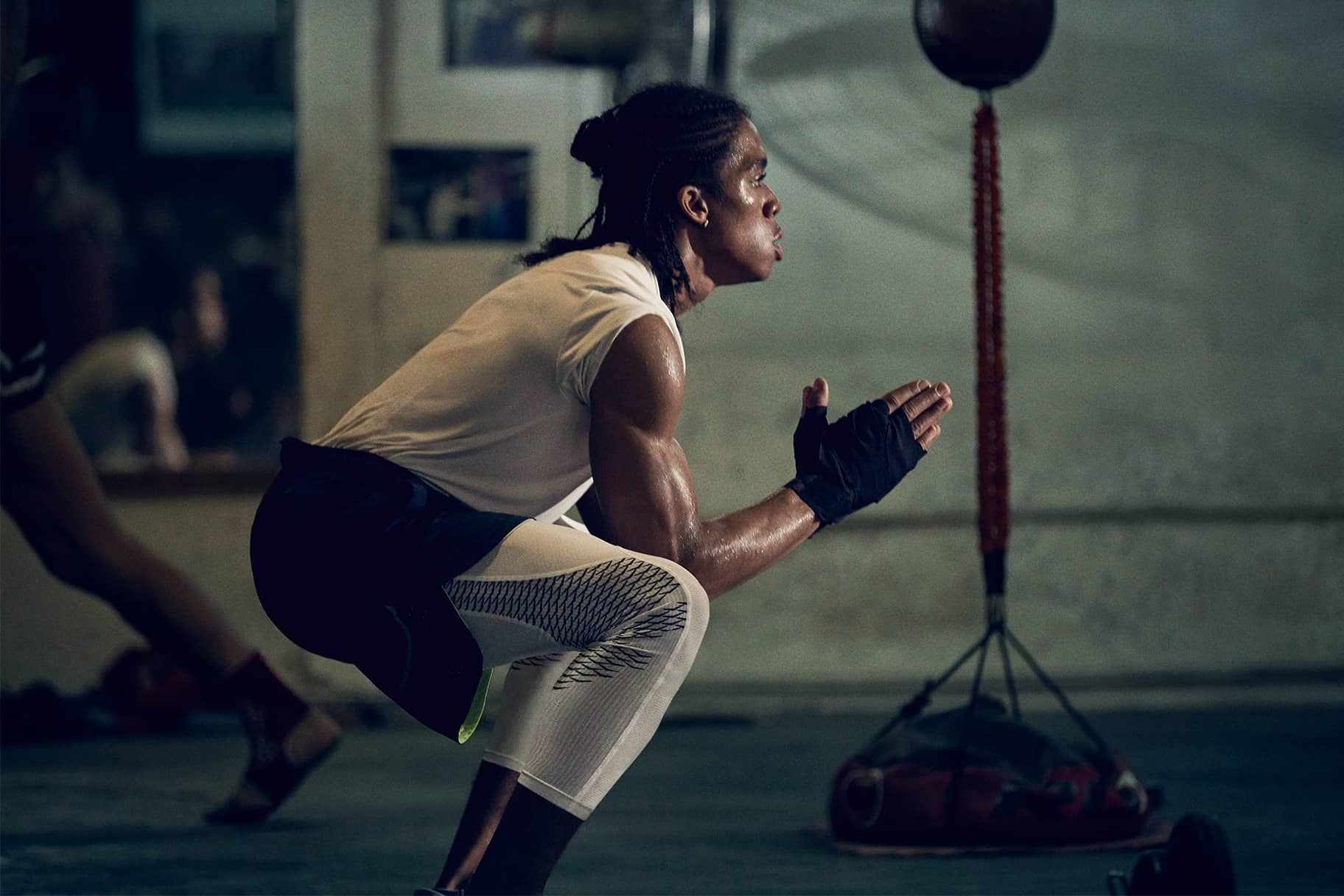
If you want to build bigger, stronger glutes, you might want to think about adding squats to your regular fitness routine. The gluteal muscle group (located in your bum) includes the gluteus medius, gluteus minimus and the gluteus maximus. Squats work all of the glute muscles in one movement.
When you strategically recruit and tax these muscles, you can trigger hypertrophy (or muscle size growth). So, yes, squats can help you build bigger glutes. But if you're not seeing results, here are some potential reasons why.
Then, don't miss What Are Nike's Best Shoes for Squats?
1.Quad Dominance

Often a result from sitting all day, quad dominance can occur when your hips tighten as they adapt to the seated position. This is then reflected when doing movements—like squats in this case. Your body will be more inclined to move into a squat or lunge position with your knees first, rather than your hips. This causes your anterior chain (or your quads and the front of your body) to take on the bulk of the load rather than the posterior chain (or your bum and hamstrings).
When you're quad dominant and squatting, you might experience sore thighs and larger quads instead of a bigger bum. At worst, you might incur a hip or knee injury.
2.Poor Squat Form

From building up the size of your glutes to undergoing a possible injury, poor form can have a huge impact. Before your next squat session, double-check to make sure you're using appropriate technique.
- Your feet should be hip-width apart or wider. Play around with what feels most comfortable for you. Be sure that no matter how wide your feet are, your knees remain in line with your ankles.
- Keep tall with your chest up, shoulders back and head looking forwards. Keep this posture throughout.
- Lower into a squat, keeping your knees in line with your ankles. Sit your bum back as though you're reaching for a chair behind you.
- Keep your spine neutral and avoid hunching your shoulders.
- Lower until you cannot hold a straight line from the top of your head to your tailbone. If you notice your bum winking, or tucking under, shorten your squat by about 10cm.
3.Insufficient Load

Over time, you'll need to introduce new stimuli to the body in order to foster continuous muscle size growth. If you're noticing a plateau in gains, consider upping the reps, speed of squats or weight you're lifting. To build muscle, you need to work against resistance to cause temporary muscle damage, which triggers a hypertrophic response.
Loading your muscles with weights—and progressively increasing the load over time—is one of the most effective ways to build muscle. This often entails using a barbell, dumbbell or kettlebell.
How to Use Squats to Build Your Bum
1.Warm Up With Resistance Bands
Activation is key to recruiting your glute muscles. Using a resistance band to warm up for squats can increase power and strength, according to a 2011 study in the Journal of Human Kinetics.
Use a resistance band to do a couple of rounds of 25 reps of each exercise or until you feel your glutes fire up:
- Resistance-band air squats: place the resistance band above your knees and squat, working against the resistance band throughout.
- Banded hip thrusts: lean against a bench, sofa or chair that won't move. Place your shoulder blades against the object while planting your feet on the ground, making about a 45-degree angle with your knees. Starting with your feet, push away from the ground as you lift your bum off the ground, making a table position with your legs and torso. Be sure to keep your neck in line with the rest of your torso. Slowly lower down, beginning with your hips.
- Glute bridges: lie on the ground with your feet hip distance apart on the floor. Gently press into your heels as you lift your pelvis towards the ceiling while keeping your upper body rooted to the ground. Be mindful to avoid overextending your spine. Once at the top position, slowly lower your body down, starting with the top of your back, ending with your bum.
Clamshells: place the band right above your knees. Lie on your side, resting your ear on your upper arm or whatever is most comfortable for your neck. Make a 90-degree angle with your legs—your heels should line up with your bum. Anchoring the bottom leg on the ground, externally rotate your top leg while keeping the original angle, like you're opening a book. Keep your trunk stationary and resist the movement with the upper body (keeping a hand in front of your chest can help with this).
2.When You're Ready, Lift Heavy
Lifting heavy weights helps to increase testosterone levels, which promotes muscle protein synthesis and can increase muscle size. According to a 2005 review in Sports Medicine, the greatest hormone response comes from when you:
- Lift moderate to heavy weights
- Have short rest periods
- Focus on compound exercises (like squats)
- Have a high-volume workout
3.Deepen Your Squat
The depth of your squat is important for muscle building, per a 2019 study in the European Journal of Applied Physiology. In the study, one group performed half squats and the other did deep squats. After 10 weeks, the participants who did deep squats achieved significantly more glute growth. The key here is to maintain proper form throughout the movement. If you're having difficulty increasing the depth of your squat, you might want to check out your ankle mobility or stand on small plate weights.
4.Try Out Different Squat Variations
Trying out different squat variations can benefit your strength-training routine and help activate the most muscle groups. These should only be attempted once you've mastered a bodyweight squat and feel comfortable adding load. These moves also benefit you when you include your workout buddy as a spotter to make sure you stay safe and injury-free. Some popular squat variations include:
- Kettlebell goblet squat: hold a kettlebell at your chest with your elbows tucked in as you squat.
- Smith machine squat: use a smith machine where the barbell is fixed within two rails to help you feel more stable.
- Box squat: place a box or bench behind you and lightly tap your glutes at the bottom of each squat.
- Split squat (lunge): step forwards and bend both knees to 90-degree angles before straightening your legs.
For more squat variations, check out Nike Training Club's Instagram page. Then, be sure to download the Nike Training Club App for expert-backed tips!


